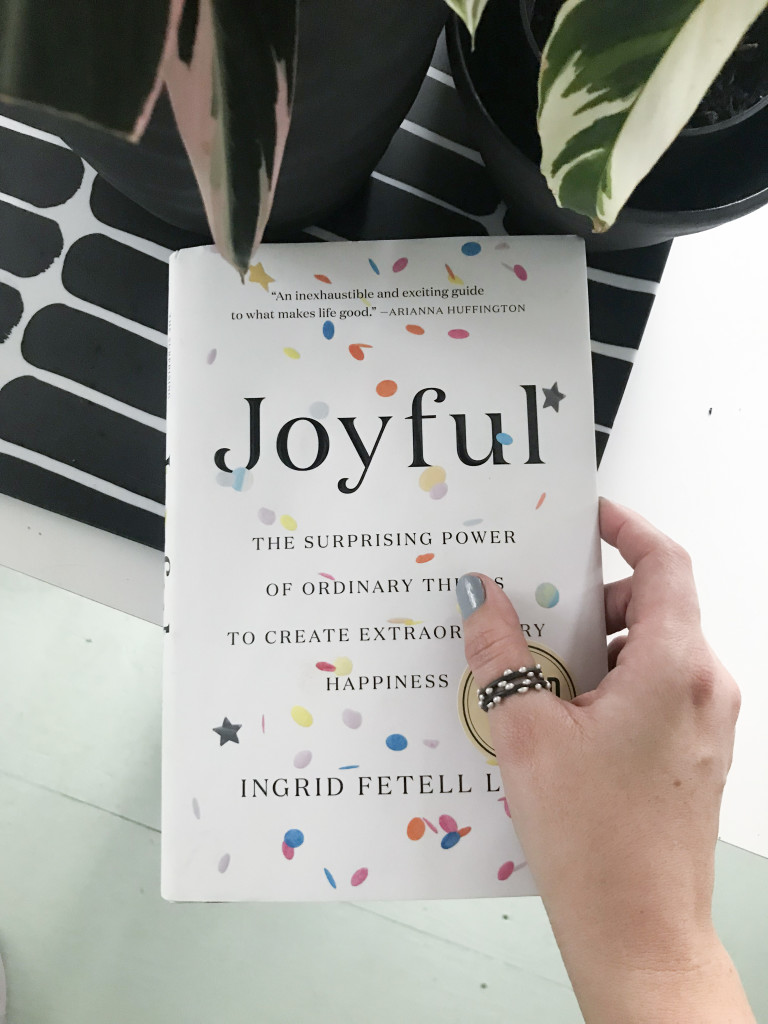
A few weeks ago, I noticed my friend Amber posting excerpts from a book called Joyful, by Ingrid Fetell Lee, on Instagram, and it immediately sparked my interest. And after chatting with Amber about the book, I knew I needed to bump it to the top of my must read list.
While I found this book housed in the psychology section at the bookstore (and while the premise does make it seem like it’s a book about happiness), in reality, it’s a book about the powers of art, design, and our constructed environment to impact how we feel.
Which makes it right up my alley.
I don’t want to give two much away, because I really just want to encourage everyone to go read this book. It’s great for artists, designers, and makers (especially if you struggle to articulate the value of what you do) but it’s also perfect for anyone who wants to make small tweaks to their home, office, or life to help them be happier.
One of my favorite parts of the book was that Fetell Lee identifies ten different “aesthetics of joy.” Meaning that there isn’t one right way to create joy in your life and that there is truly something for everyone in this book.
For me, there were two really powerful takeaways that I want to share here.
The first is that the research that I did for both my undergrad and graduate thesis are surprisingly related. The second is that my newfound embrace of houseplants makes sense, as houseplants may be the ultimate expression of a number of the aesthetics of joy.
The chapter that resonated most with me was the chapter on abundance, and interestingly enough, when Amber was telling me about the book, that was the chapter she said made her think of me. But it was only when reading that chapter that I realized how much of what I’m interested in falls under the umbrella of abundance.
For my undergrad thesis, I explored the idea of sensory jewelry, making large scale necklaces that were designed to evoke multiple senses in the wearer and the viewer. And for my master’s thesis, I explored layers of floral patterned textiles in the domestic interior, culminating in the creation of a full scale wire living room.
And while I loved both areas of research, I always assumed the two weren’t related. But in Joyful, Fettel Lee actually starts the abundance chapter by talking about the importance of engaging all of our senses, and ends it by exploring the ways that layering patterns also leads to the idea of abundance and creates joy.
Reading this chapter, it was as if a lightning bolt went off in my head. Suddenly, I could see the relationships between these two topics, and it gave me a whole new perspective on the ideas that inform my jewelry designs!
While this walk down research memory lane was fun, I was even more excited to see how Joyful supported my current obsession with buying plants. I started buying plants as a way to get over my mid-winter funk, but reading Joyful helped me see just how powerful plants can be in making us happier.
Not only do plants hit the abundance aesthetic, but they also speak to freedom (by brining some of the wild indoors) and renewal (plants grow). But the one that, erm, has surprised me the most was how much real plants bring in the aesthetic of surprise.
Having previously only owned faux plants, I was unaware of how much the change in plants create surprise and delight. This is most commonly spotted in watching new growth unfurl in my plants, but even subtle changes can have big impact.
A few days ago, I picked up a new peporomia plant, in a variety I hadn’t seen before. The plant’s thick stalks extended well over the small pot and were hanging horizontally, towards the ground. I just assumed that was how the plant grew, so imagine my surprise when I can into the studio the next morning to see the stalks and leaves reaching for the sky. (Especially because all I had done was given the plant a bit of water.)
This simple change created a sense of giddiness and excitement that made me feel like a kid on Christmas for the rest of the morning!
In Joyful, Fettel Lee discusses how surprise is one of the harder aesthetics to bring into our daily lives (because how do you surprise yourself?) but after a month or so of plant ownership, I can honestly say that houseplants are one of the best ways to bring surprise into your life. (Especially if you buy fast growing plants and keep them somewhere you’ll actually look at them on a daily basis.)
Joyful made me realize the connections between the various topics that have informed my work, including reminding me of the fact that my current jewelry designs are derived from the botanical forms in my MFA thesis. (Which makes my newfound plant obsession a source of inspiration for my jewelry, and something I’d like to explore more here on the blog, even if it just means posting more pretty pictures of my plants.)
And that leads me to the best part of Joyful. Because the book explores so many facets of joy, it feels deeply personal to whoever is reading it. You may take something completely different out of the book, and that’s more than ok. But regardless of which parts resonate with you, I guarantee it will have you looking around at your life and trying to find more ways to bring happiness into your space!
PS. In the pic, I’m wearing my silver on steel stacking rings! You can find them in my online shop! (I think they’re the perfect embodiment of the abundance aesthetic!)
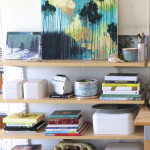
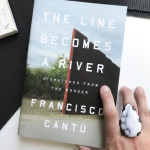
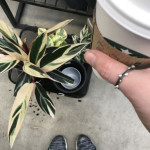
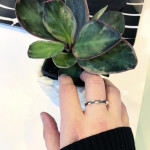
Leave a Reply